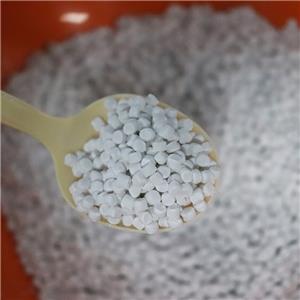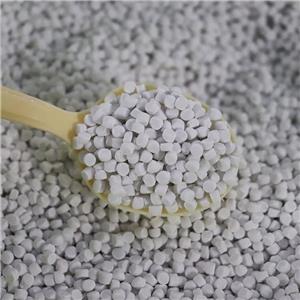The effect of talc fineness on material properties and identification methods
Talc, as a kind of inorganic filler widely used in many industries such as plastics, coatings, paper, rubber, ceramics, etc., its fineness is crucial to the material properties. The choice of fineness not only determines the dispersion and filling effect of talc in the material, but also directly affects the mechanical properties, processing properties, thermal properties and other aspects of the material. Therefore, an in-depth understanding of the impact of talc fineness and identification methods, to optimize material properties, improve product quality is of great significance.
First, the effect of talc fineness on material properties
Mechanical properties: the fineness of talc is one of the key factors affecting its enhancement effect. Appropriate fineness of talcum powder can be more evenly dispersed in the substrate, forming a more compact network structure, thereby improving the strength and toughness of the material. In addition, finer talc particles can also effectively reduce the defects within the material to further enhance its mechanical properties.
Processing performance: the fineness of talc also has a significant impact on the processing performance of the material. Talc particles with smaller fineness are easier to mix with the substrate, which helps to improve the fluidity and moldability of the material. At the same time, talc with appropriate fineness can also reduce energy consumption and wear during processing, reducing production costs.
Thermal properties: The fineness of talc has an equally important effect on its thermal properties. Talc particles with smaller fineness can transfer heat more effectively, thus improving the thermal stability and heat resistance of the material. In addition, talc can also be used as a flame retardant, through its heat absorption, heat insulation and oxygen barrier effect, improve the flame retardant properties of the material.
Second, the identification method of talcum powder fineness
Microscope observation method: use a microscope to directly observe the particle morphology and size of talcum powder. This method is intuitive, but subject to human factors and observation equipment precision limitations, there may be some error.
sieving method: sieving method is a simple and intuitive identification method, through the different aperture of the sieve screen on the talcum powder, you can initially understand its particle size distribution. However, the sieving method is greatly affected by the nature of the sample, such as the shape of the particles, humidity, etc., so the results may have some fluctuations. In order to improve the measurement accuracy, the method of sieving several times and taking the average value can be used.
Sedimentation method: Sedimentation method is a method to deduce the particle size distribution of talcum powder particles by observing their sedimentation velocity in liquid. The method is simple in equipment and convenient in operation, but the measurement accuracy may be affected by factors such as liquid viscosity and particle shape. In order to improve the measurement accuracy, more accurate timing equipment and a more stable liquid environment can be used.
Laser particle size analysis method: Laser particle size analysis method is one of the commonly used particle size analysis methods. The method utilizes a laser beam to irradiate a cluster of talc particles, and the particle size distribution of the particles is deduced by measuring the intensity and distribution of the scattered light. Laser particle size analysis method has the advantages of fast measurement speed, high precision, good repeatability and so on, applicable to various particle size range of talcum powder measurement.
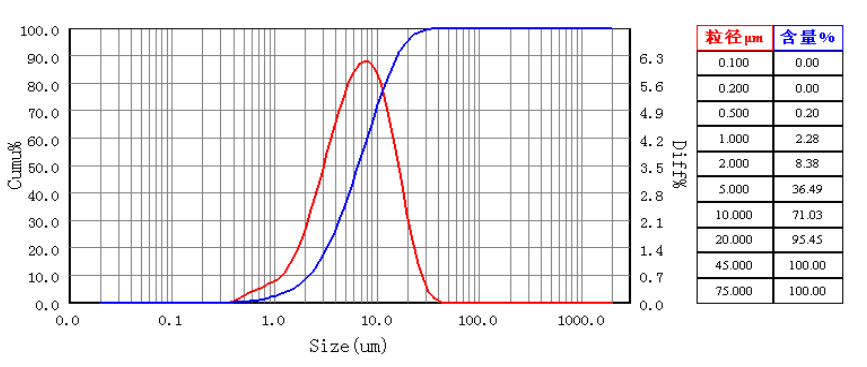
Electron microscope scanning method: Scanning electron microscope (SEM) or transmission electron microscope (TEM) is utilized to perform high-resolution imaging of talc particles in order to accurately measure their particle size and morphology. This method has high accuracy and resolution, and is suitable for occasions with high requirements for talc fineness.
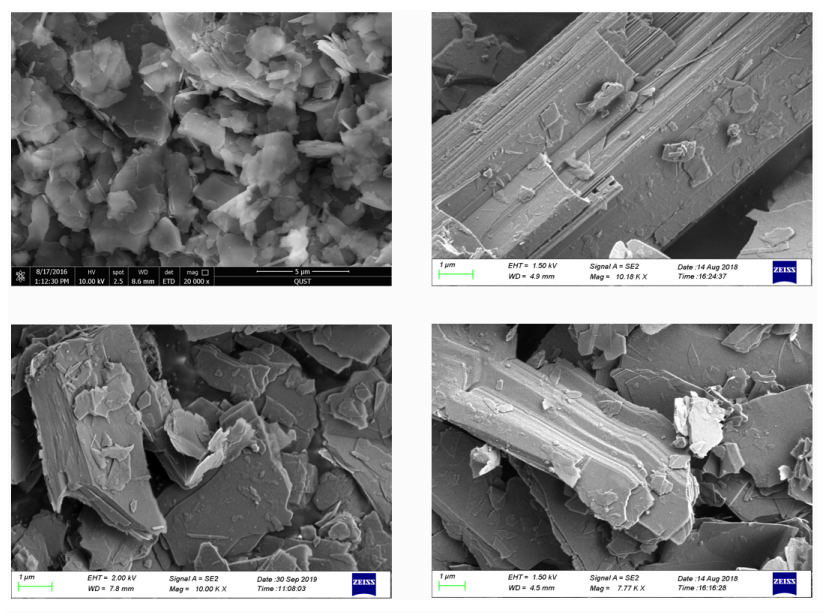
X-ray Diffraction Analysis (XRD): Although XRD is mainly used for physical phase identification and compositional analysis, the fineness of talc can also be indirectly understood by analyzing the characteristic peaks and diffraction intensities in the XRD pattern.The XRD method is able to provide information on the crystal structure, lattice constants, and crystal sizes of talc, which is helpful for assessing its fineness and microstructure.
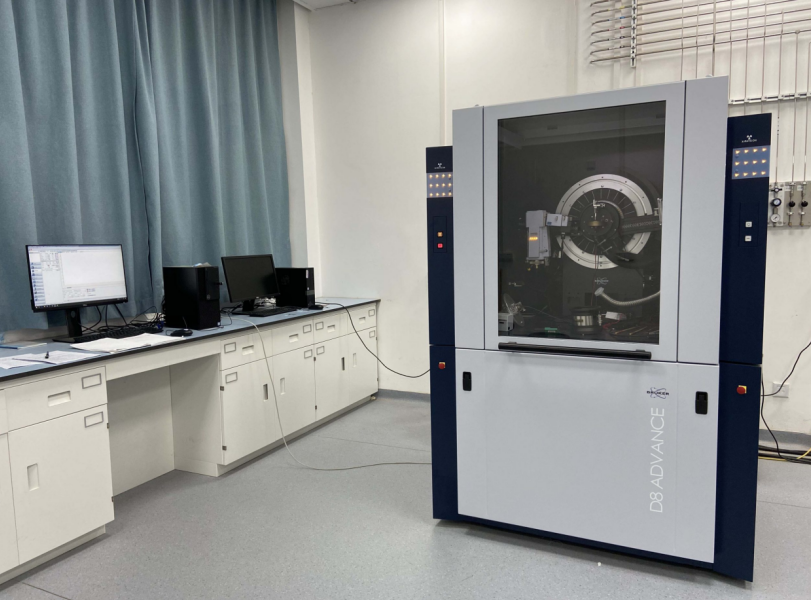
Quantitative stereological analysis: Quantitative stereological analysis is a particle size analysis method based on image analysis technology. This method collects images of talc particle groups, and uses image processing software to identify and measure the particles, so as to obtain the average particle size, maximum particle size, minimum particle size and particle size distribution and other information. The quantitative stereological analysis method has high precision and good repeatability, and is suitable for occasions with high requirements on talc particle size.
Conclusion and Recommendation
In summary, the fineness of talc powder has an important impact on the material properties, and the selection of appropriate identification methods is crucial for optimizing the material properties and improving the product quality. In practical application, the appropriate identification method should be selected according to the specific application requirements, cost considerations and the required precision. At the same time, attention should also be paid to the quality stability and batch consistency of talcum powder to ensure its performance in practical applications. In addition, with the continuous development of science and technology, new identification methods and techniques continue to emerge, and should continue to pay attention to and explore new identification methods to better meet the needs of material performance optimization.



